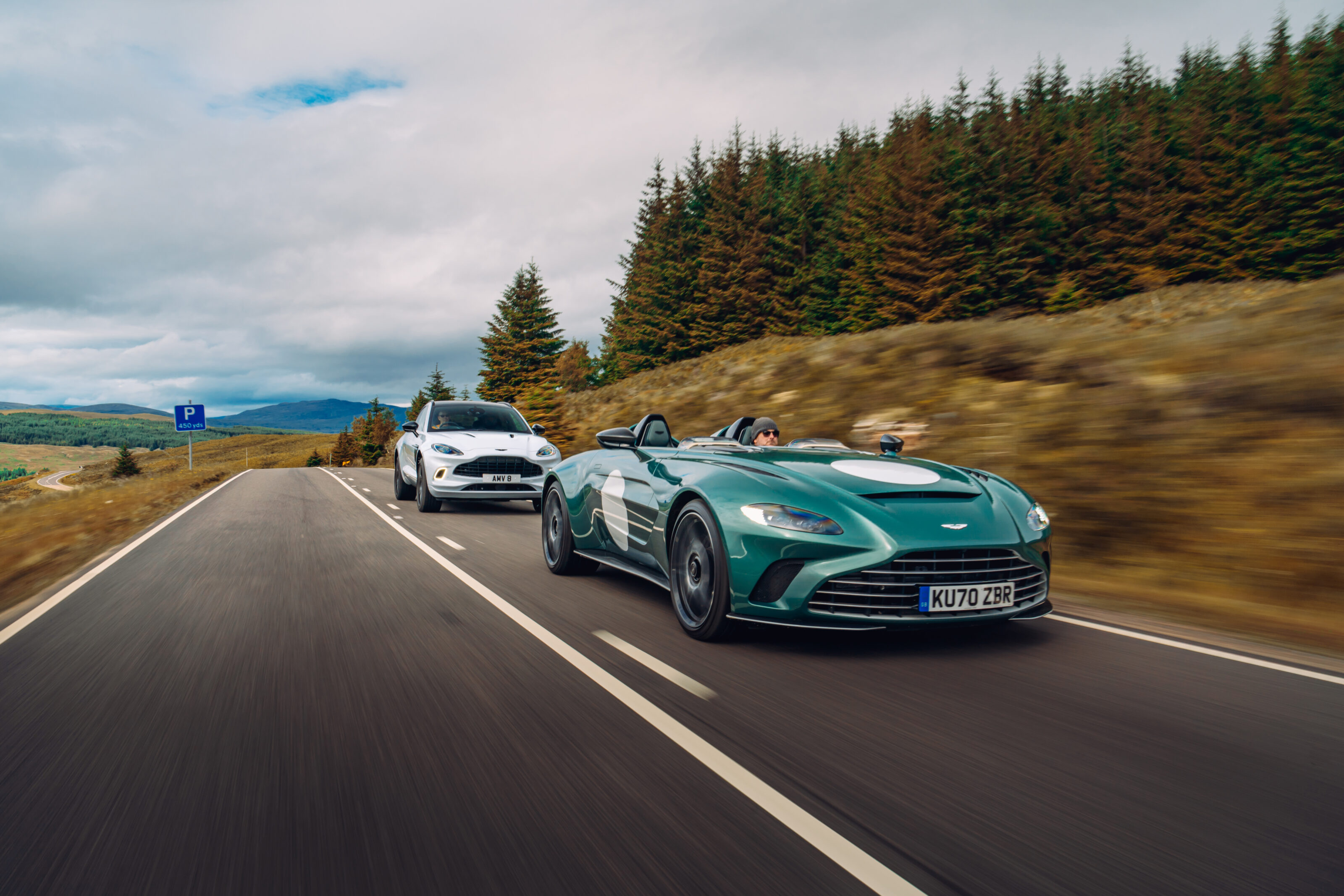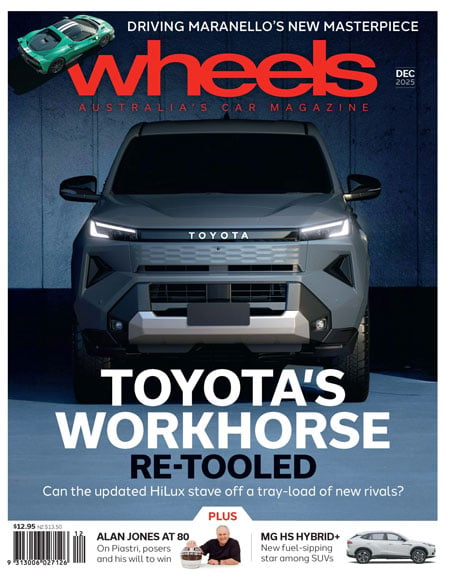Two cars. One an unhinged frivolity for the super-rich, the other a necessity for a car company’s survival. Aston Martin, Britain’s luxury sports car company has a perpetual history of under-performing, in relation to the bottom line, at least. There’s a change in mood, though, an optimism that the brand will not just survive, but flourish. That’s borne from the appointment of its recent CEO in the guise of ex-Mercedes-AMG boss Tobias Moers, but also financial clout and luxury brand know-how from Canadian Lawrence Stroll in the role of Executive Chairman.
The two cars here bookend the current breadth of the company’s product portfolio; a range that, if the new management team achieves as it promises via its so-called Project Horizon, will see that range expand. Both Moers and Stroll view the return to F1 as a pivotal asset in the company’s desired transformation. Prior to this season, the last time an Aston Martin competed in a Grand Prix was 1960.
In addition to its F1 ambitions, there will be more sports cars, more specials like the V12 Speedster as well as variations on the DBX SUV. Think a coupe, and hybrids, while full electrification’s coming, it won’t be until at least 2025, if not later. Aston Martin is streamlining its business, making key appointments in its management team with a wealth of experience in the super luxury and automotive spheres. The brand strength was never really in question, instead the core business needed work.

There’s reason for optimism, and these cars represent it. They might have been conceived and created largely under the old guard, though the Speedster, a one-of 88 special, using a combination of DBS, DB11 and Vantage architecture underlines the company’s core engineering capability and creativity. The DBX describes a market-driven pragmatism to give customers exactly what they want.
Yes, you can look at the V12 Speedster as a ridiculous plaything, but similarly, cars like this inspire and excite, both the designers and engineers who produce them; that and they’re not bad for the company’s bottom line. Brand awareness is another motivating factor, the Speedster also a useful distraction while Aston Martin readies the oft-delayed Valkyrie hypercar. Newey’s game-changing hypercar had its first public airing at Goodwood, not without issue, with first customer deliveries promised by the end of this year.
The DBX operates at the opposite end of the volume sphere to these tiny number image builders. It’s this, an SUV, not a sports, super or hypercar, that is touted as the model that will save Aston Martin, or at least underpin its future viability as a car maker. Only a few manufacturers exist today without an SUV in its portfolio, and while Aston Martin was late to the party, with the DBX it seems to have delivered. Indeed, of all the cars Aston Martin sold in the first quarter of 2021, 55 per cent of them were the DBX, built at its new St Athan, Wales, production facility.

It’s not difficult to see why the DBX is working. Because of various lockdowns and restrictions, wanderlust is strong. So I decided to explore some of Scotland’s best roads. The DBX is the transport there, and back to the UK, as well as around, the plan being to rendezvous with a V12 Speedster DBR1 in Stirling on some epic roads.
It’s a journey of glorious isolation, well, as much isolation as is realistically possible in a car with the potential to draw a crowd as readily as the V12 Speedster does, usefully on some of the longest days of the British summer. The plan is rough, the weather, being Scottish, is equally so, but like Aston Martin itself, there’s a genuine feeling of optimism, so we’re off to enjoy it.
The DBX just chews through the miles heading up from Aston Martin’s Gaydon headquarters to our meeting in Stirling. Expansive, smooth tarmac on the route up, winding through the Midlands, the scenery getting bigger as the Lake District passes and we eventually reach the Scottish borders.
The DBX is the consummate cruiser, power, like that of the Vantage and Aston Martin’s future models, comes from Mercedes-AMG’s 4.0-litre twin-turbocharged V8, its 405kW giving it 291km/h potential and the ability to reach 100km/h in 4.5 seconds.

None of that matters here, as it’s barely ticking over at the 110km/h limit, the engine all but inaudible, the massive 22-inch wheels barely creating any road noise or busying the ride. As a machine to while away big miles effortlessly, it’s hugely commendable, desirable even, the cockpit sumptuously appointed. In the best traditions of Aston Martin, it conveys its lovingly hand-crafted finishes, from the neat, contrasting stitching to the fineness of the leather it joins. The DBX interior feels special, as it should given its $357,000 price point and the badge it wears on its sizeable nose.
With the traditional highs, there are the inevitable and familiar lows, as the infotainment and some of the switchgear is bought in. Somewhat unsurprisingly, given Daimler AG’s 20 per cent stake in the British company, these come from Mercedes-Benz. It’s regrettable that even with the closeness of their relationship the Aston is sired with previous generation software to power its infotainment offering.
Moers has promised that will change, having stated that the Aston Martin experience needs to be exactly that, with Aston Martin developing its own HMI (Human Machine Interface). While that’s admirable, it’s also something that, on the evidence of British compatriots McLaren’s attempts to do so, is a task mired in serious difficulty and expense, even to achieve something at a level that’s as good as even what Aston currently offers. There’s nothing wrong with bought-in tech, if it’s done well and it’s the latest generation. Perhaps the company’s efforts here are better spent negotiating earlier procurement of developed systems than setting out to create its own.
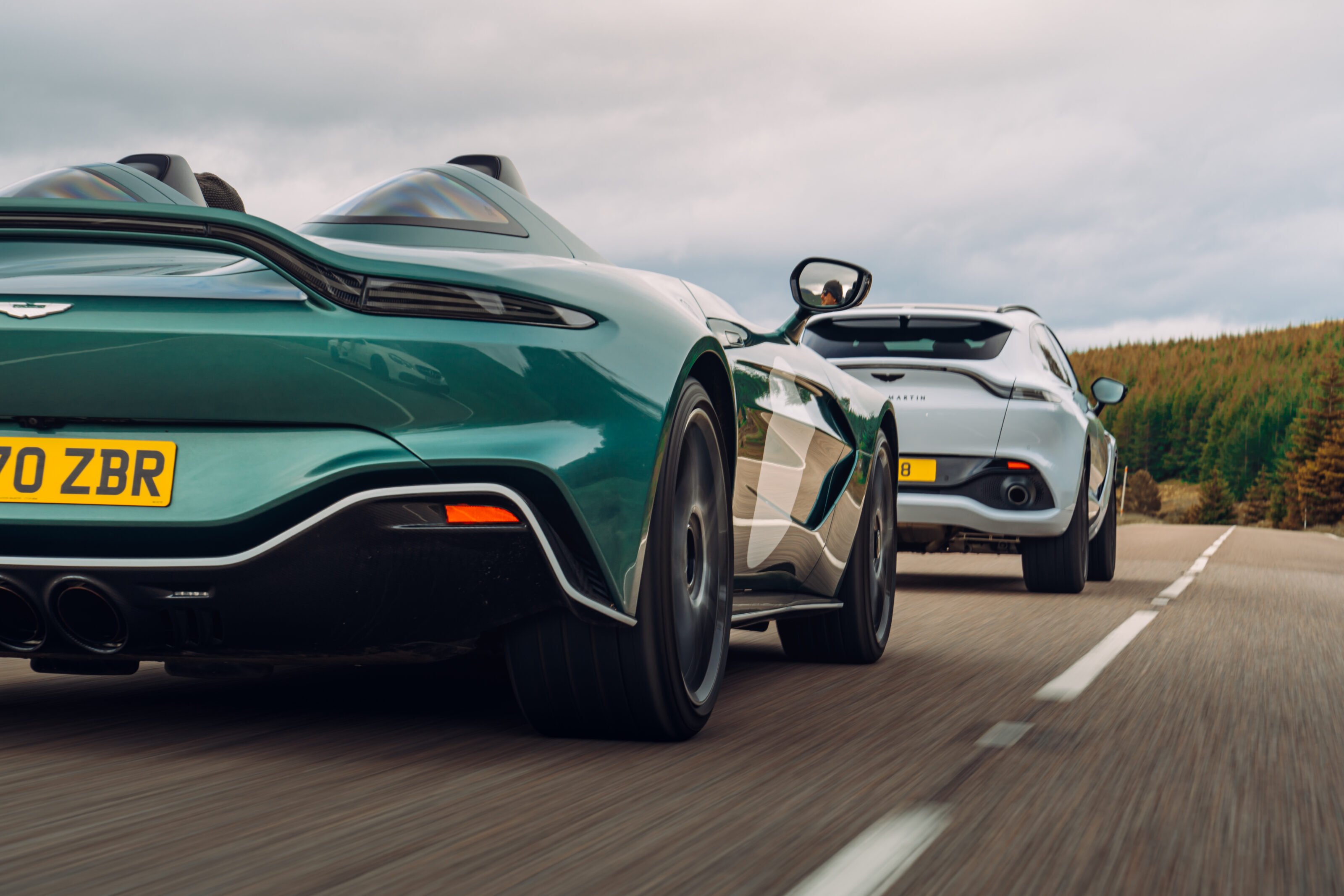
There’s a desire to take even more elements in house, too. Gaydon will feature its own engine shop for the Valhalla’s V8 hybrid powertrain, to which this unit is likely to expand with the product range. That’s in contrast to the V12 in the Speedster, which is built at Aston Martin Engine Plant (AMEP), in Cologne, Germany. That’s a throwback to Aston Martin’s time as a wholly owned subsidiary of Ford and an all too obvious reminder of Aston’s often turbulent past. In the V12 Speedster it’s a 5.2-litre twin turbo, with peak power of 515kW.
The car is something of a constructive greatest hits of Aston’s current model range. There are elements of DBS Superleggera, DB11 and Vantage in the Speedster’s underpinnings, clothed in an entirely bespoke, and undeniably beautiful fully open body. Uncompromising, ridiculous, even, and at AUD$1.5m it’s inexpensive – ludicrous as that sounds – when compared to its similarly non-windscreen alternatives, the McLaren Elva, and Ferrari’s recent Monza SP1 and SP2 twins.
The Aston Martin costs around half that of the McLaren and those Ferraris, and being built in fewer numbers it’s even more exclusive. That Ferrari can sell 500 SP1/2s is indicative of its brand clout, globally, though Aston Martin hasn’t had too much trouble finding homes for the 88 Speedsters it’s built.
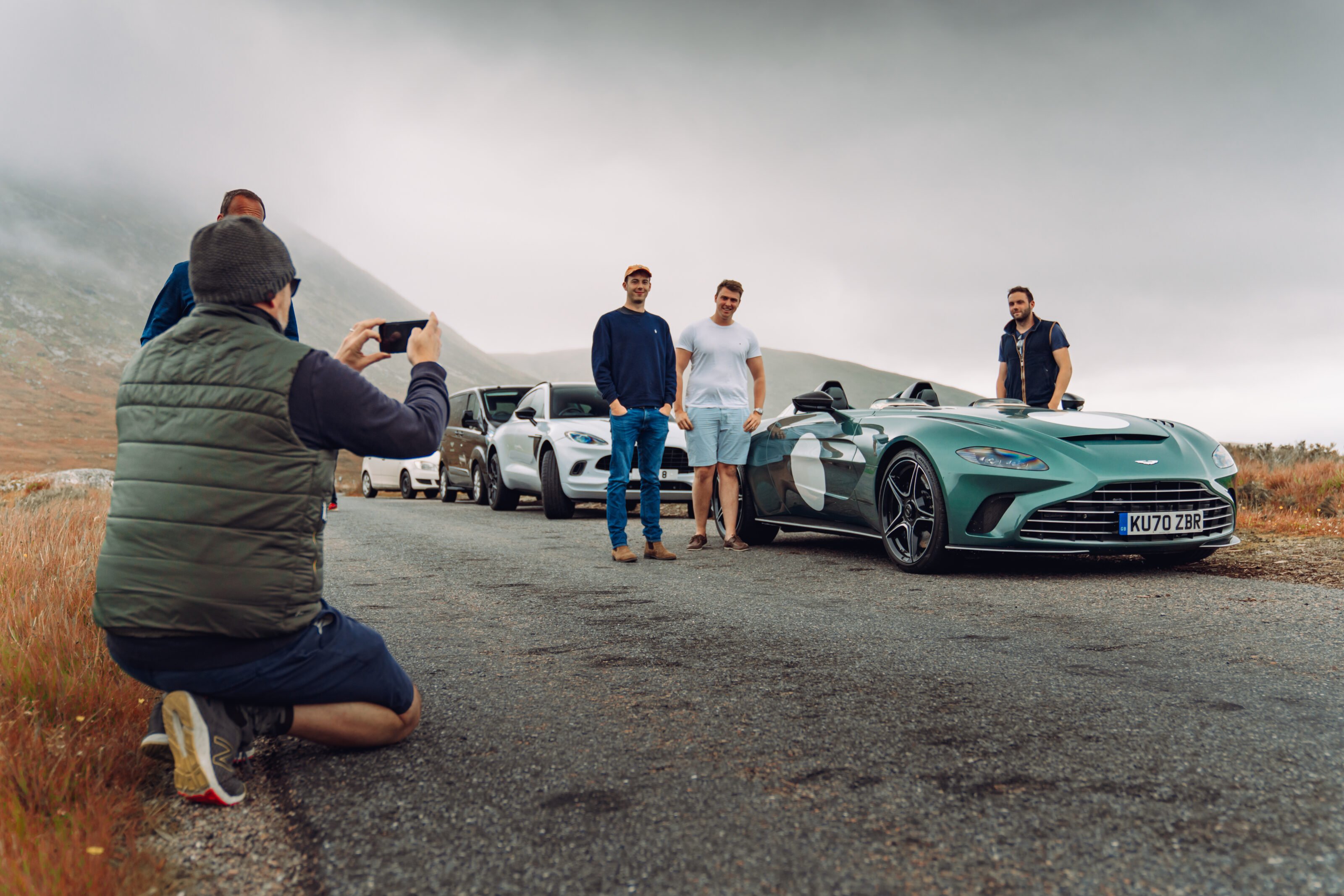
A week of weather forecast watching has done nothing to dampen the enthusiasm for the V12 Speedster, even for something without a windscreen, or, indeed, any protection from the elements at all. There’s a lid in a bag in the passenger footwell, just in case, but a brief drive with it on reveals it’s actually more uncomfortable, the helmet’s larger surface area only increasing buffeting, so it’ll stay in the bag on the floor.
A car cover for Mother Nature’s emergencies is stowed in the rear luggage compartment, so I’ll take the gamble with kicked up road debris or sizeable face-hurting insects. Sunglasses when it’s not raining, ski goggles when it is, a beanie for protection from either, from wind and sun, as opposed to those potential direct hits.
That exposure, so outlandish in concept, is utterly transformative. Visceral barely covers it, taking driving to an altogether different level, where your connection is so much greater with your surroundings.
The rush of the wind howling by does mean the more enticing notes emanating from the V12 engine are all but drowned out, but there’s the occasional rasp and bark echoing around you if you’re reaching for the upper revs and there’s a rock wall, tunnel or tight valley surrounding the road you’re on.
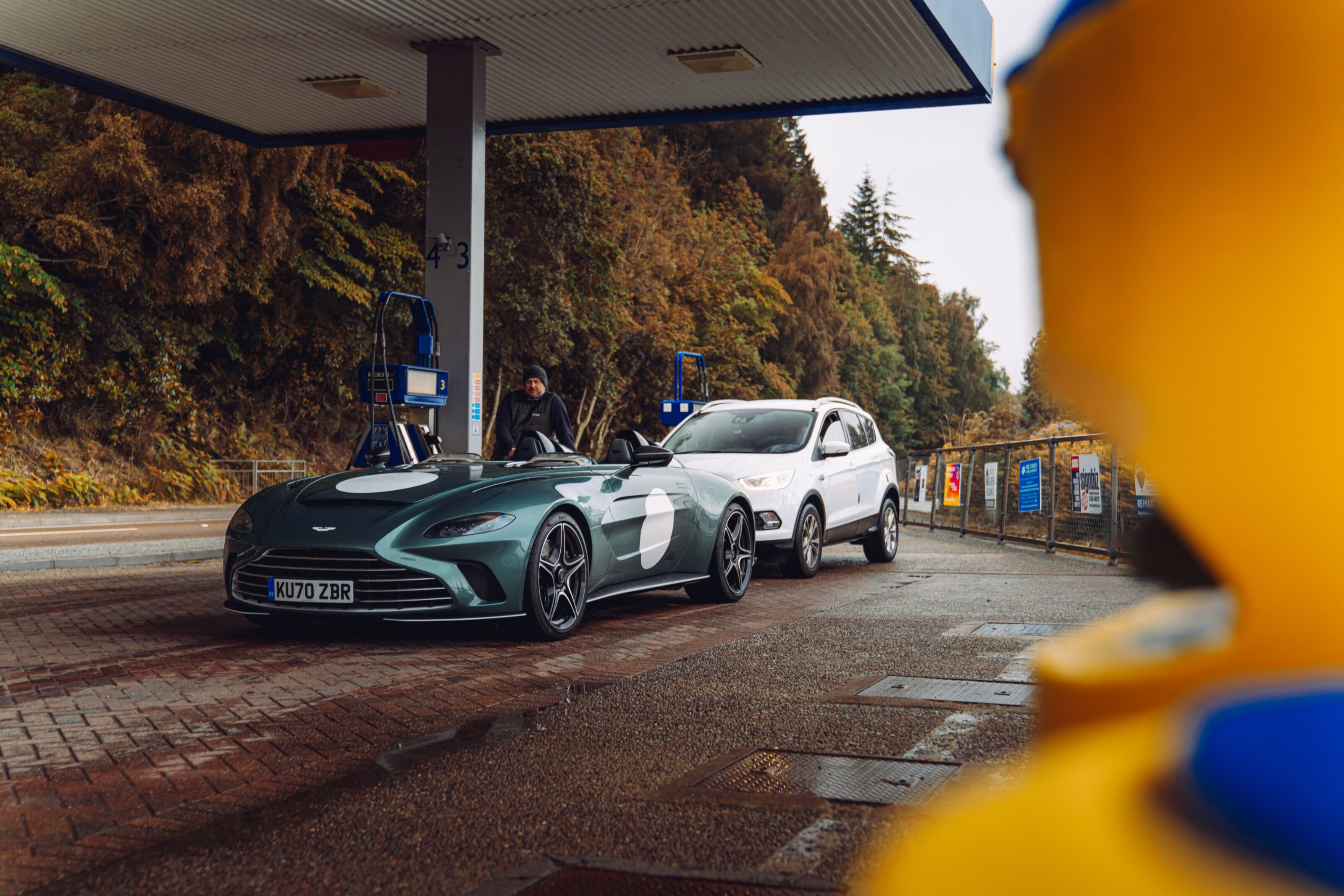
In Scotland there are a few, the journey not covering the all-too-obvious North Coast 500 route, but instead derived from roads I used to travel in my youth. Back then I drove them in a Volvo 240 wagon at breakneck speeds to reach Scotland’s ski resorts in time for the first lift. Had you told a youthful me that I’d be driving these roads many years later in a 515kW fully open Aston Martin I’d have never have believed you. It’s pinch yourself stuff, not least because the roads to Glencoe, Fort William, Ben Nevis, then up to Inverness, before heading up to Ullapool are all utterly captivating, both to drive, and because of the scenery surrounding them.
I’ve done so countless times, and they never look the same. Each visit reminds me I must come again. It’s mind-numbingly beautiful, and yet so quiet. We’ll take a diversion up to the Kylesku bridge, because the roads up and around it are so spectacular and similarly traffic free, before heading back past Inverness again, over to Grantown-on-Spey and heading on the snow road south through the Cairngorm National Park past the Lecht and Glenshee ski areas.
On the map it’s about 840km give or take, though in reality we cover over 1100km, the desire to explore being too great at times, not least because Mark Riccioni’s got his cameras and drone primed and is only too happy to use them with the sensational beauty of Scotland as the backdrop.
Driving at its purest, though not without luxury, the Speedster’s cabin is concept car in its styling, yet is reassuringly production car quality in its execution. In short, it’s excellent. It demonstrates that the tradition of craftsmanship that has long distinguished the company is alive and well.
Moers has paid tribute to Aston Martin’s traditions but recognises the fact that there needs to be a significant step-change in the ethos of the business. He admitted that before he arrived it was a ‘design led’ firm. While that’s not changed, going forward it’ll be in greater collaboration with engineering, the promise being that Aston Martins will always be beautiful, in a way some of its rivals’ more perfunctorily styled alternatives just can’t seem to muster.
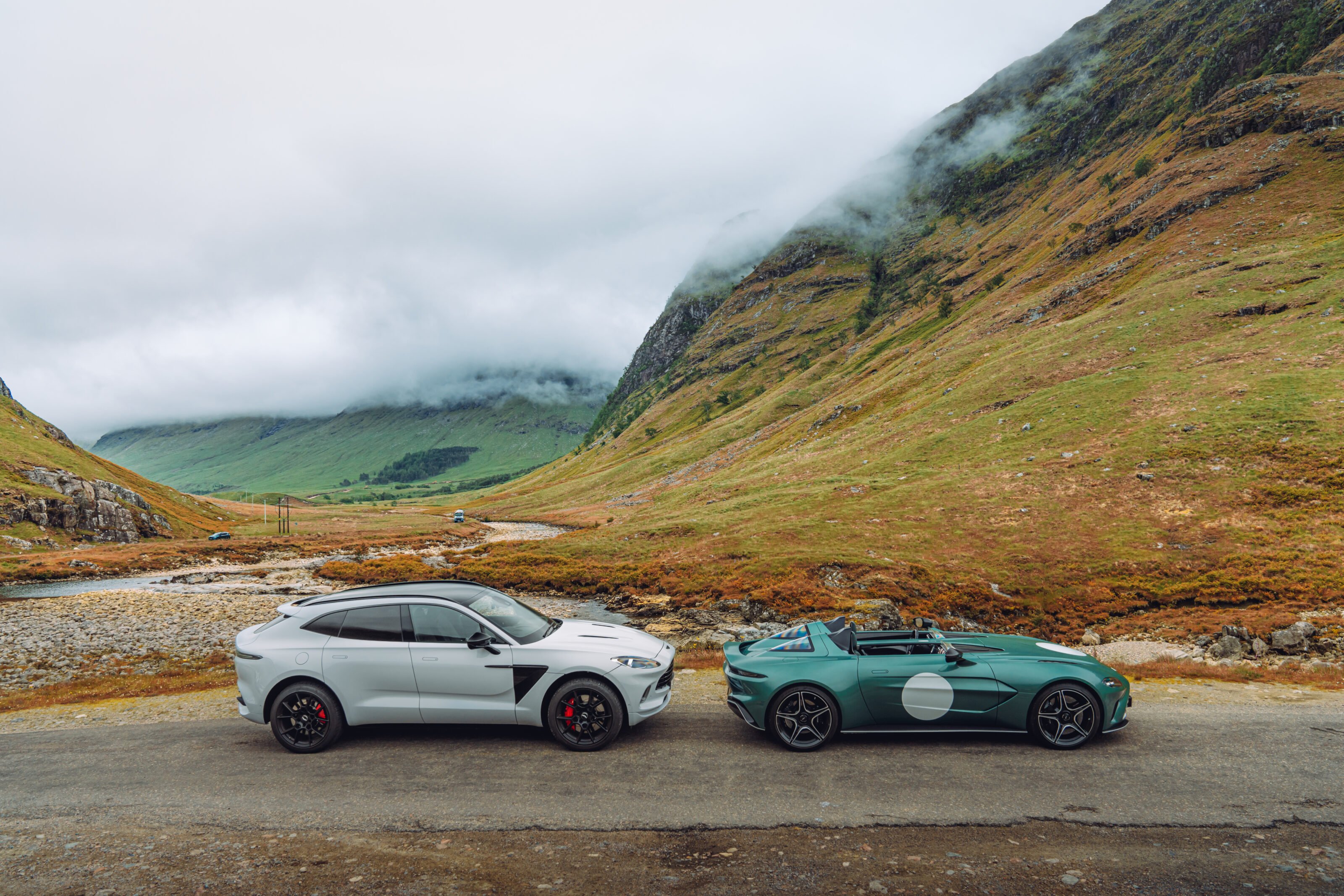
The way the V12 Speedster attracts attention is demonstrative of that. On the road you witness the initial look, the questioning and puzzlement of those occupants in the cars coming towards you. On the rare stretches of road near the cities where there are multiple lanes, passengers wave, smile, and more often than not film and photograph it.
There’s a genuine warmth to the reactions when stopping in it, the Aston Martin brand is one that’s always transcended any negativity, even when exhibited here in its most overt form. That warmth of feeling is something that the current management needs to retain, nurture and hopefully grow.
Weather was always going to be an issue, but like Scotland’s most famous comedian, Billy Connolly, says: “there’s no such thing as bad weather, only the wrong clothes.”
At times that means the ski jacket (and goggles) I’d be wearing if I were sliding down the mountains rather than driving around them. The rain, even when it’s sheeting down, is fine if the Speedster’s moving, which, mercifully with light traffic and sizeable distances between villages and towns, means there are very few occasions when it’s slowed to a dampening crawl.
The scenery’s big here, enjoyed at its best in the open car and not necessarily at speed, the V12 more often than not pulling a big gear and gently cruising, but equally adept when the temptation gets too much and the tempo increases. The DBX isn’t a lumbering companion in either situation. It keeps the wilder V12 very honest, particularly when there’s water between the tyres and the bitumen.
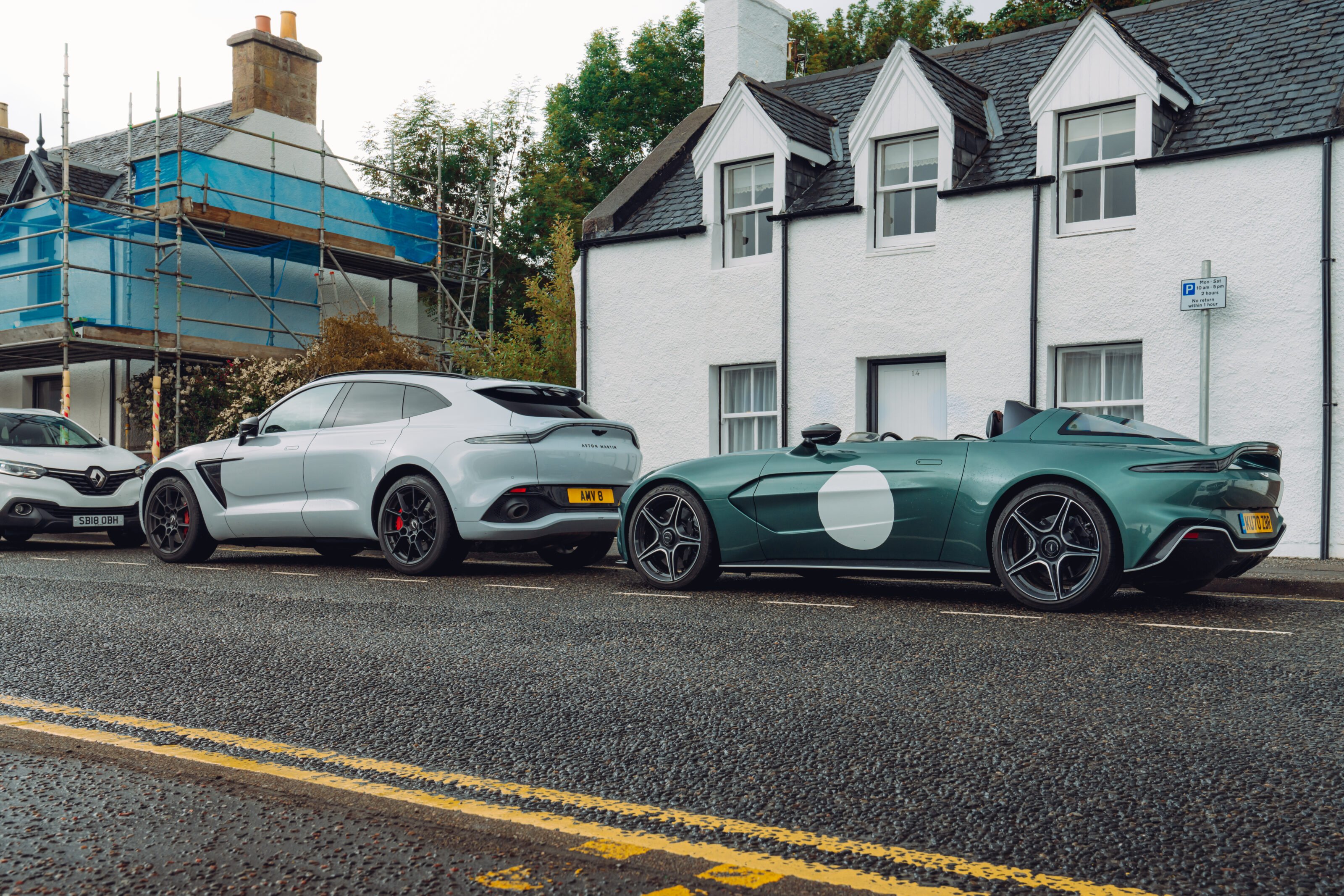
Initially the SUV feels big on tight roads, to the point of where you’d incorrectly imagine unwieldiness, but such is the precision of the steering, and its uncanny ability to feel genuinely sporting in its responses, that it disguises both its dimensions and mass with real ability. Wind the engine up and you hear it, too, that welcome after the largely mute soundtrack from the V12, from the driver’s seat at least.
The V12 Speedster is special, but the DBX’s breadth of ability and the appeal it has stands the company in good stead. As the foundation of a new Aston Martin? Time will tell, but whatever the future holds, there’s a genuine feeling of confidence.
With the DBX, and the creativity and can-do engineering the V12 Speedster demonstrates, there might be a brighter, and crucially, more predictable and stable future for Aston Martin in the coming years.
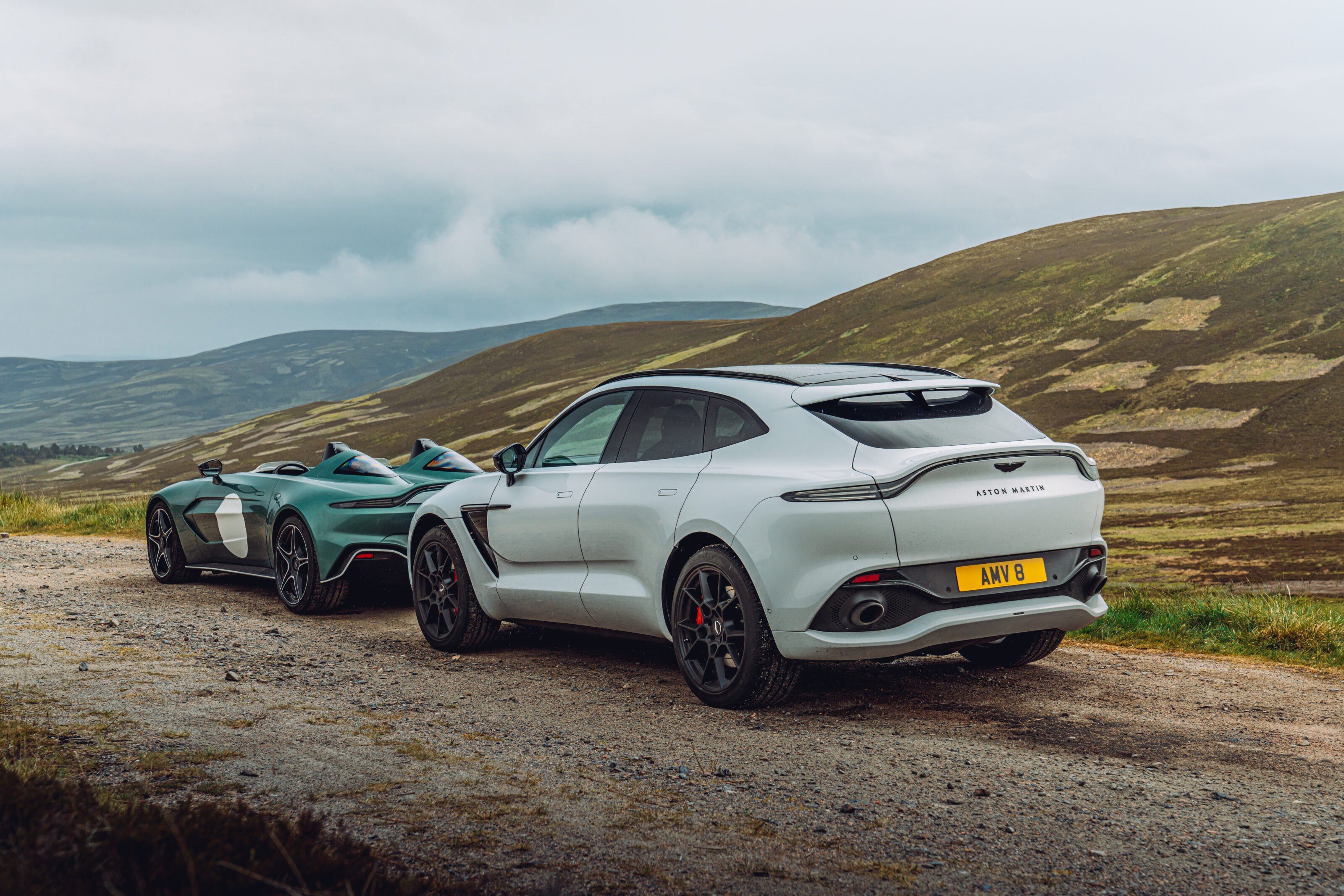
Aston Martin and electrification
The initial plan for Aston Martin was to produce its own V6 engine, but Moers is pragmatic about dropping that plan and retaining the AMG-derived V8 as its internal combustion engine choice.
Speaking at the launch of the Valhalla supercar, Moers said: “we could have invest in a new brand new ICE from scratch, or invest and put your money into the bowl of electrification because that’s becoming mandatory, we decided, okay, we can go for the V8 for that car, and we can establish an electrified, hybrid powertrain, it brings efficiency, it gives us the freedom to drive it purely electric,” adding that an electric-only range of 16-24km is possible.
There’s talk of fully electric cars, but the comments from Aston Martin seem contradictory, some stating around 2025, with others saying not until 2030…
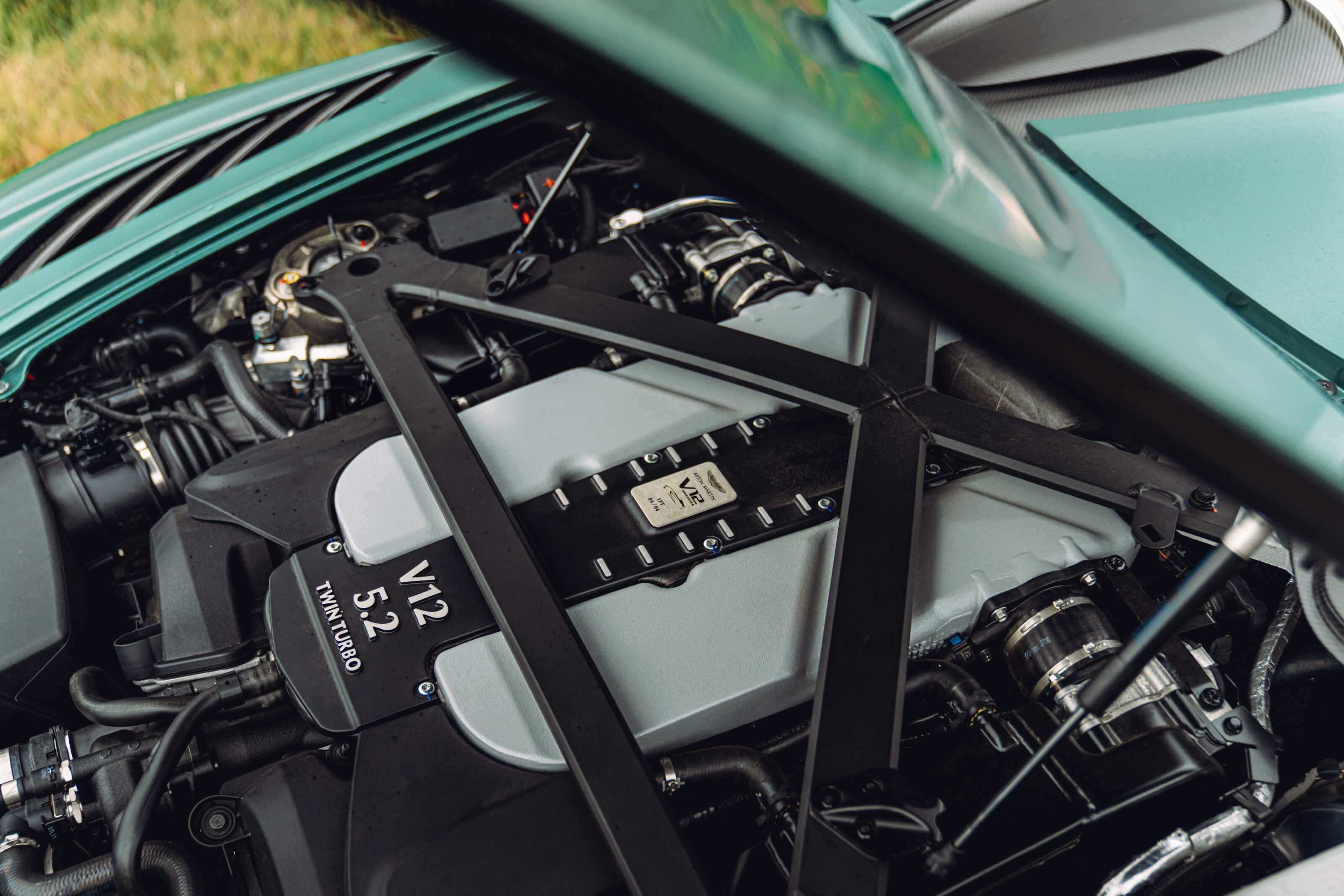
Aston Martin Speedster specs
| Body: | 2-door, 2-seat roadster |
|---|---|
| Drive: | rear-wheel |
| Engine: | 5204cc V12, quad-OHC, 48v, twin-turbo |
| Bore x Stroke: | 89.0 x 69.7mm |
| Compression: | 9.3:1 |
| Power: | 515kW @ 6500rpm |
| Torque: | 753Nm @ 1800rpm |
| Power/Weight: | 292kW/tonne |
| Transmission: | 8-speed automatic |
| Weight: | 1765kg |
| Suspension: | double A-arm, coil springs, adaptive dampers, anti-roll bar (f); multi links, coil springs, adaptive dampers, anti-roll bar (r) |
| L/W/H: | 4524/1989/1194mm |
| Wheelbase: | 2705mm |
| Tracks: | 1665/1645mm |
| Steering: | electrically assisted rack-and-pinion |
| Brakes: | 410mm ventilated discs, 6-piston calipers (f); 360mm ventilated discs, 4-piston calipers (r) |
| Wheels: | 21.0 x 9.5-inch (f); 21 x 11.5-inch (r) |
| Tyres: | 265/35 ZR21 (f); 305/30 ZR21 (r) |
| Price: | AUD$1.5m |
| Pros: | You canu2019t get much more open air; V12 grunt |
| Cons: | Only 88 are being built; must not have hay fever |
| Rating: | 4.5/5.0 |
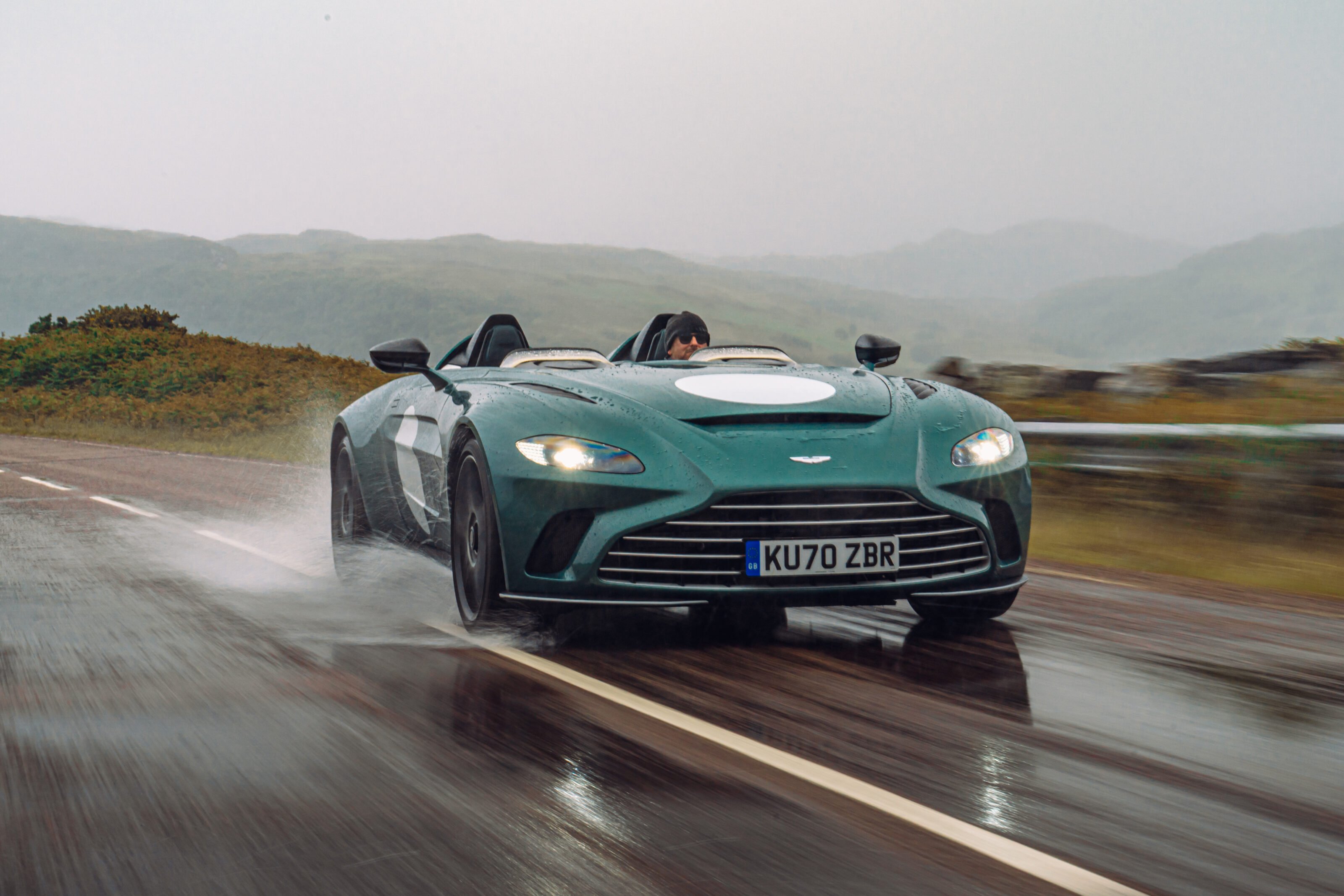
Aston Martin DBX specs
| Body: | 5-door, 5-seat SUV |
|---|---|
| Drive: | all-wheel |
| Engine: | 3982cc V8, quad-OHC, 32v, twin-turbo |
| Bore x Stroke: | 83.0 x 92.0mm |
| Compression: | 8.6:1 |
| Power: | 405kW @ 6500rpm |
| Torque: | 700Nm @ 2000-5000rpm |
| Power/Weight: | 180kW/tonne |
| Transmission: | 9-speed automatic |
| Weight: | 2245kg |
| Suspension: | double A-arm, air springs, adaptive dampers, anti-roll bar (f); multi links, air springs, adaptive dampers, anti-roll bar (r) |
| L/W/H: | 5039/2220/1680mm |
| Wheelbase: | 3060mm |
| Tracks: | 1698/1664mm |
| Steering: | electrically assisted rack-and-pinion |
| Brakes: | 410mm ventilated discs, 6-piston calipers (f); 390mm ventilated discs, single-piston calipers (r) |
| Wheels: | 22.0 x 10.0-inch (f); 22 x 11.5-inch (r) |
| Tyres: | 285/40 R22 (f); 325/35 R22 (r) |
| Price: | $357,000 |
| Pros: | Dynamically talented for an SUV; plush cabin |
| Cons: | Underwhelming infotainment; rivals are quicker |
| Rating: | 4.0/5 |
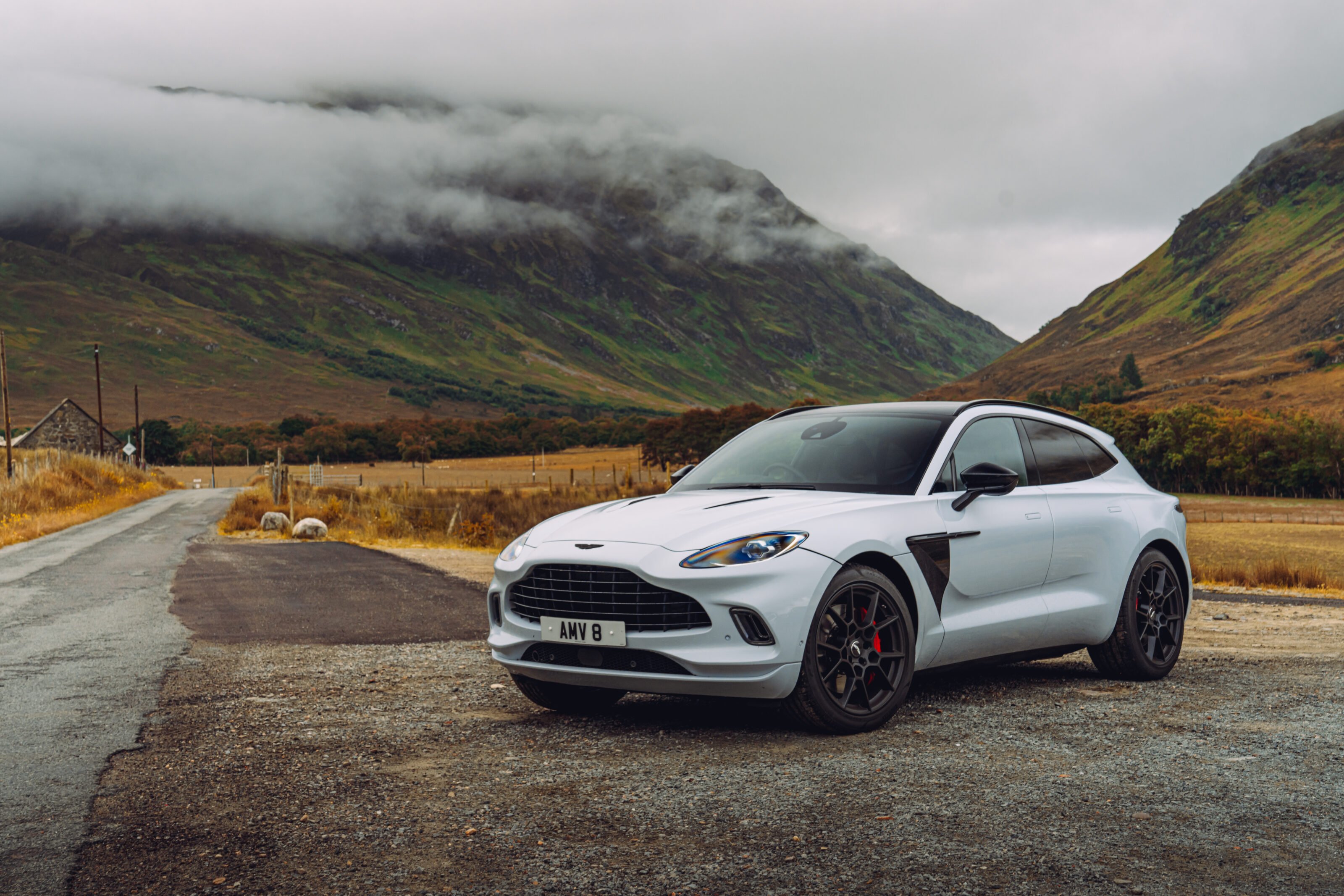
We recommend
-
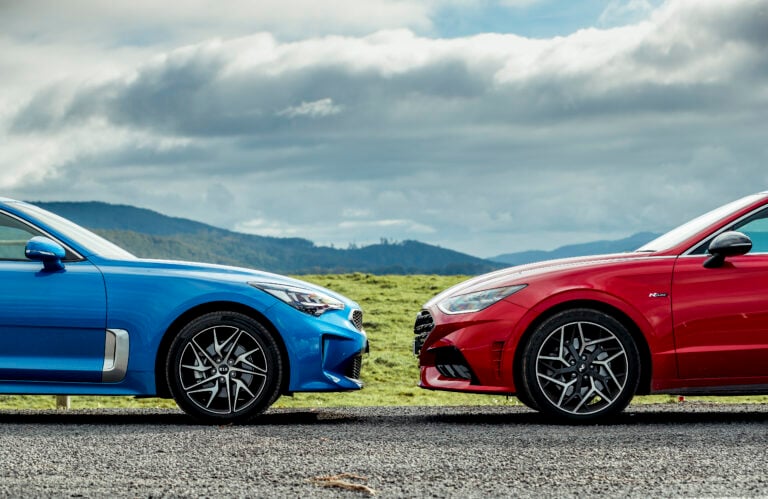 Features
Features$50K sedan showdown: 2021 Hyundai Sonata N Line v Kia Stinger 200S
These two Korean cousins offer very different means to one specific end
-
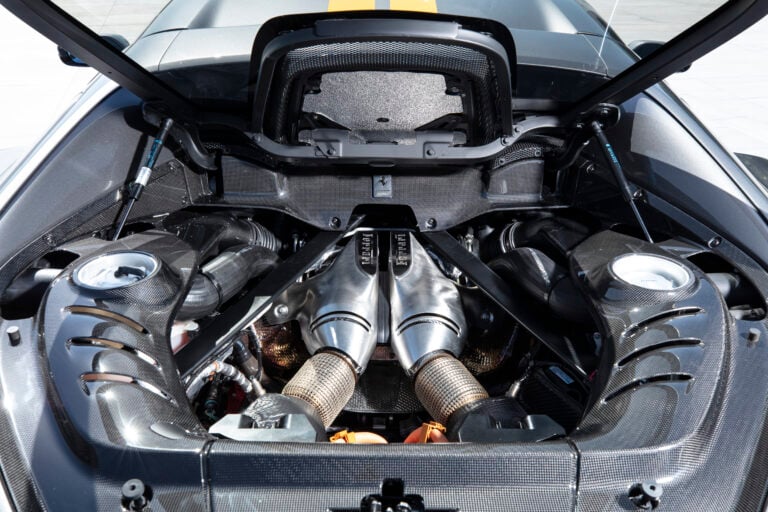 Features
FeaturesWhy McLaren and Ferrari have built 120-degree V6 engines
We explain why two performance powerhouses have thrown their weight behind an engine design that has never been put into mass production
-
 Features
FeaturesHere's every manufacturer looking to race at Le Mans
From Ferrari to Cadillac, the grids at La Sarthe is going to get very crowded in the coming years

